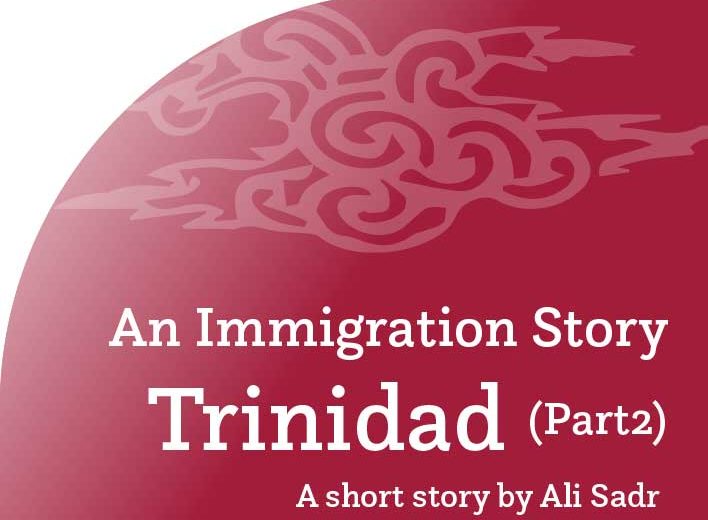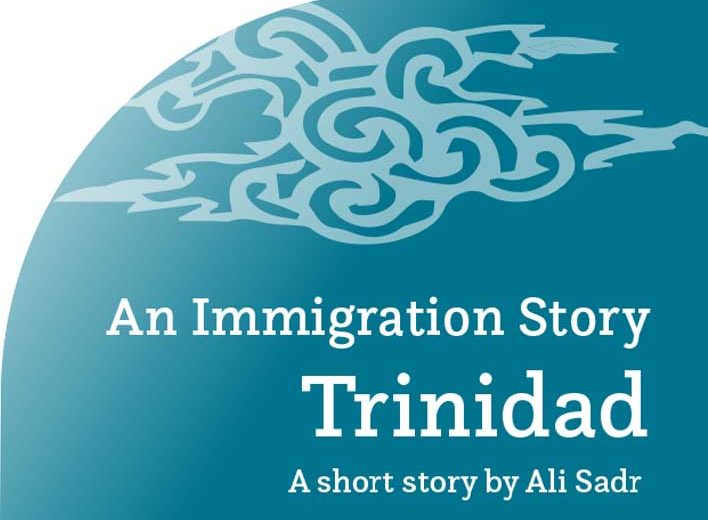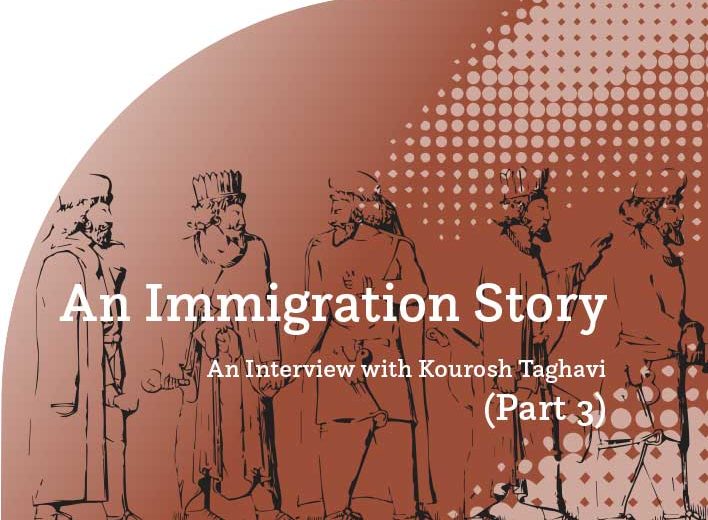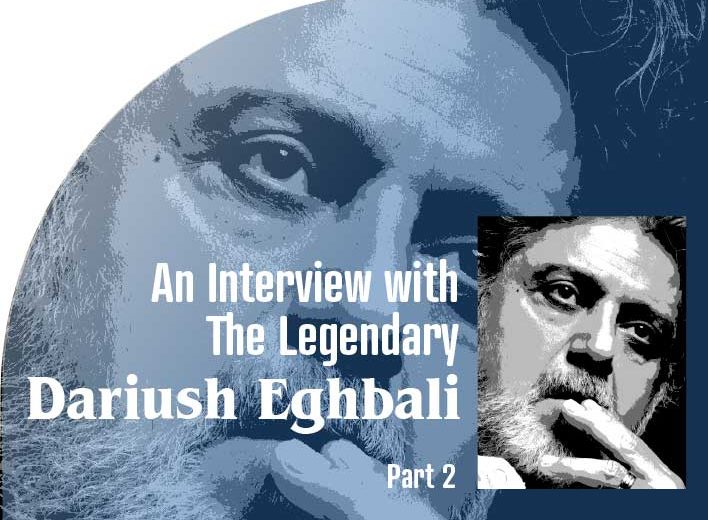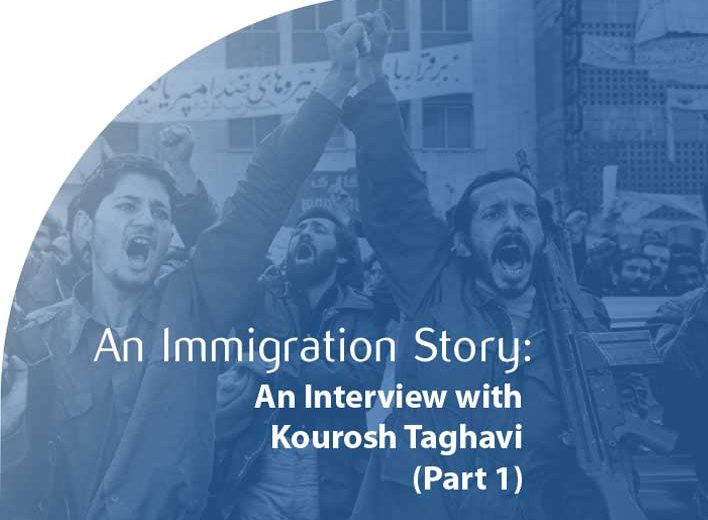International Day of Nowruz: An Oral History
Longtime readers of Peyk may remember the effort that went into asking the United Nations to recognize Nowruz as a cultural tradition celebrated by communities all over the world. At the time, in 2009 and 2010, many PCC members, Peyk readers, and celebrants from across the globe helped by signing the petition and spreading the word. But getting to the finish line was no easy task. Peyk’s own Shahri Estakhry was the leading force behind the movement and, given that it is that special time of year again, we are thrilled to walk down memory lane with her about this international accomplishment.
This interview has been edited for clarity and space considerations.
Sixty-fourth General Assembly Plenary
February 23, 2010
71st Meeting (PM)
GENERAL ASSEMBLY RECOGNIZES 21 MARCH AS INTERNATIONAL DAY OF NOWRUZ
____________________________________________________
Peyk: Hi Shahri, thanks for meeting up today. It’s always good to remind ourselves of what can be accomplished when people come together for a common goal. How did you first get involved in the push toward having Nowruz recognized by the United Nations?
Shahri Estakhry (ES): Well, as my friends who receive middle-of-the-night emails from me know, I do my best thinking at 3 a.m. One night soon after Christmas in 2008, when the yearly calendars were out for 2009, I got to thinking about why so many religious and cultural holidays were on calendars but Nowruz never is. I looked into it and found out it wasn’t on the UN calendar and thought it should be! So I emailed Eamen Hameed, PCC board member at the time, and asked him about how to start a petition because I wasn’t tech savvy. I knew he was and would know what to do. He did a great job and soon the petition started circulating more and more. I let PCC know what I was trying to do and PCC was very on board. We let Peyk readers know as well and the petition just took on a life of its own… so many signatures came in so fast!
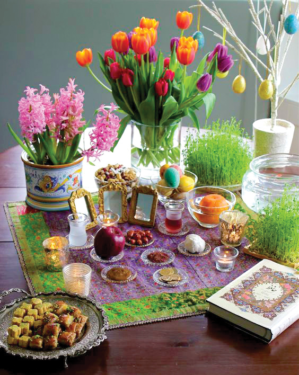
Peyk: What did the petition ask for and how did you get the UN’s attention?
ES: The petition was simple; it asked the UN to recognize Nowruz and include it on the UN calendar. We asked those who signed the petition for their name and the country they lived in, to show that this was a global effort. I worked for the UN early in my career and I knew a petition wasn’t technically required, but I still wanted to show that we had the support of people from all over the world. Once we reached 300,000 signatures, in March 2009, I sent a letter to then-Secretary General of the UN, Ban Ki-moon, asking that the UN update its calendars to commemorate Nowruz.
Peyk: How long did it take the UN to respond?
ES: We were pleasantly surprised to receive a quick response—about three weeks later—from the Under-Secretary-General of the UN at the time, Kiyo Akasaka. He let us know we would need to have a group of member nations submit our request to the agenda of the next General Assembly.
Peyk: How did you go about doing that?
ES: Well, we were lucky that a young woman who worked at the UN reached out and offered to help us. Unfortunately, I can’t remember her name, but she was from one of the member nations that celebrate Nowruz. She guided us, providing us the contact information for the ambassadors of the seven member nations who would end up submitting our request—they were: Azerbaijan, India, Iran, Kyrgyzstan, Pakistan, Turkey, and Uzbekistan. We contacted them and kept collecting signatures for our petition at the same time.
We got a boost in September 2009 when UNESCO (the United Nations Educational, Scientific and Cultural Organization) added Nowruz to its “Representative List of the Intangible Cultural Heritage of Humanity.”
Peyk: When did the UN General Assembly agree to recognize Nowruz? And was there any difficulty with the name, considering how people spell it differently?
ES: Oh yes, everyone wants (and wanted) to spell Nowruz differently. I personally spell it Norouz, but it didn’t matter and we didn’t want that to limit the petition or our goal. It doesn’t matter how we spell it—we all celebrate the first day of spring as the new year.
In February 2010, we had over 600,000 signatures to our petition and we requested the ambassadors of the seven member nations who celebrate Nowruz to formally request that Nowruz be recognized at the General Assembly and added to the UN calendars. When the resolution passed in 2010, there was so much joy and excitement! You should have seen the dancing and celebrations!
Peyk: It has been a dozen years since Nowruz was recognized by the UN. What impact has the recognition had globally? Are you happy with the result of your hard work?
ES: Unfortunately, I haven’t seen much impact. Even though the UN agreed to put Nowruz on its calendars, it never has. That has to change! So, I will get to work again. I plan to write a letter to the current UN Secretary General, António Guterres, to remind him that the UN has an obligation to put Nowruz on its calendars. I will tell him that I am 80 years old this year and want this change while I am still alive to see it!
Peyk: Great, we will let our readers know once you’ve sent your letter how they can help amplify your voice by asking the UN to follow through with its resolution. Thank you, Shahri, for all your hard work. Happy Nowruz!


